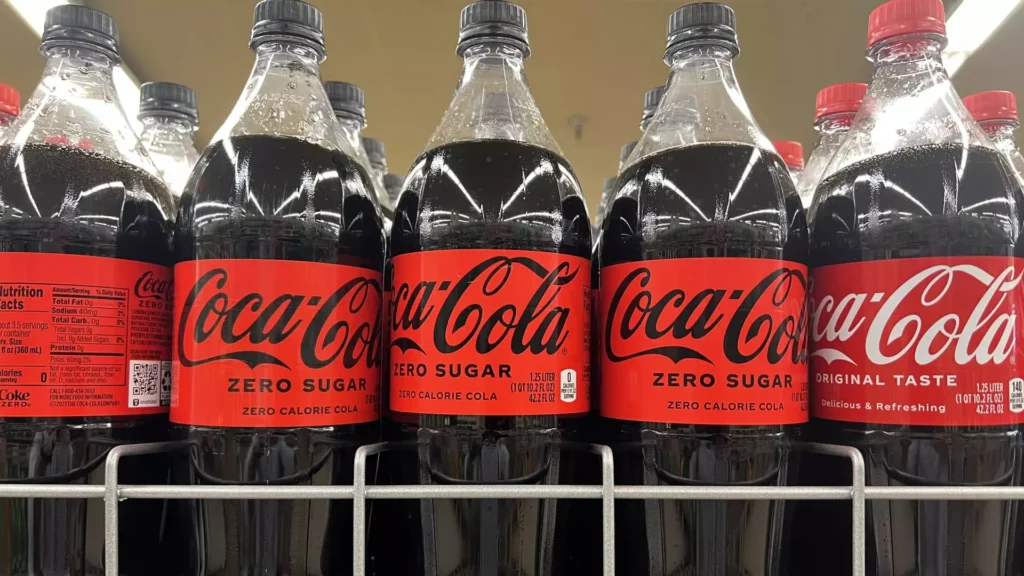![]()
The first dividend stock highlighted in the original article is Chord Energy (CHRD), an oil and gas operator in the Williston Basin. The analyst from Siebert Williams Shank, Gabriele Sorbara, initiated coverage of CHRD with a buy rating and set a price target of $262. While the analyst emphasized the company’s attractive valuation and capital returns, there are some concerns. The focus on the Williston Basin, while indicating a solid track record and promising inventory, also points to a lack of diversification. Relying heavily on a single basin for operations exposes CHRD to risks associated with that specific region’s economic and regulatory landscape.
Moreover, the analyst’s projections for capital returns in 2024 and 2025, while optimistic, may not fully account for potential market disruptions or shifts in the energy sector. The reliance on free cash flow to sustain dividends and buybacks could be challenged if operational or financial conditions change unexpectedly. Additionally, the comparison of CHRD’s capital return yields with peer averages may not accurately reflect the company’s performance relative to industry trends. The emphasis on wider spacing and acquisition synergies as drivers of capital efficiencies might overlook potential obstacles or delays in implementing such strategies.
Energy Transfer (ET), a master limited partnership operating over 125,000 miles of pipeline, is the second dividend stock discussed. Mizuho analyst Gabriel Moreen raised the price target for ET and reiterated a buy rating, highlighting the company’s improved credibility and free cash flow yield. However, the article fails to address the potential environmental and regulatory risks associated with operating such an extensive pipeline network. Concerns about pipeline safety, maintenance costs, and regulatory compliance could impact ET’s ability to generate consistent cash flows for dividend distributions.
While the analyst’s call for a detailed capital allocation framework is prudent, there is a lack of discussion on how ET plans to address potential challenges or uncertainties in the midstream energy sector. The focus on discounted valuation and equity return potential may overshadow critical considerations related to sustainability, innovation, and long-term growth. Investors should be wary of solely relying on historical performance and relative valuations when assessing the future outlook for companies like ET in a rapidly evolving energy landscape.
The final dividend pick in the original article is Coca-Cola (KO), a beverage giant that increased its quarterly dividend earlier this year. RBC Capital analyst Nik Modi reiterated a buy rating on KO stock, emphasizing the company’s outperformance in organic growth and revenue. While Modi’s optimism about Coca-Cola’s restructuring and organizational changes is understandable, there is a lack of analysis on the beverage industry’s evolving dynamics and competitive landscape.
The article does not delve into potential challenges such as changing consumer preferences, health-conscious trends, or the growing competition from new beverage brands entering the market. The reliance on international markets for revenue growth, while lucrative, also exposes Coca-Cola to foreign exchange risks and geopolitical uncertainties. Investors should consider the broader economic and social context in which companies like Coca-Cola operate to assess their sustainability and resilience in the face of global challenges.
While Wall Street’s dividend picks may offer short-term income opportunities, investors should conduct thorough due diligence and consider a broader range of factors beyond past performance and analyst recommendations. Diversification, risk assessment, and long-term viability should be key considerations when evaluating dividend-paying stocks in a volatile market environment.

Leave a Reply